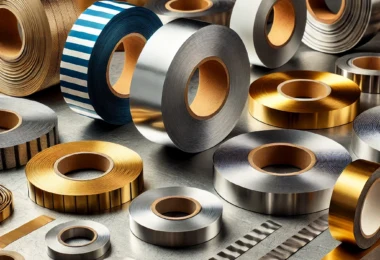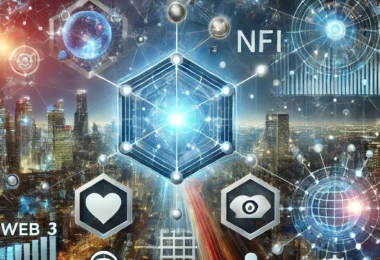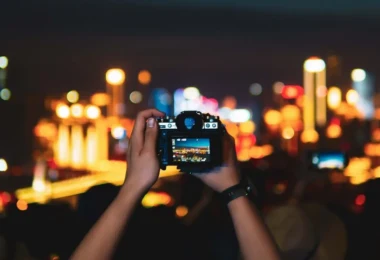Introduction
Artificial Intelligence (AI) has transcended its initial role as a tool for automation and data analysis to become a revolutionary force in the world of creativity. One fascinating facet of AI’s impact on the arts is its ability to generate unique and thought-provoking pieces of art. This intersection of technology and creativity has given rise to a new genre known as AI art generation.
Understanding AI Art Generation
AI art generation involves the use of algorithms and machine learning techniques to produce visual or auditory art. These algorithms, often based on deep learning models, analyze vast datasets of existing artwork to learn patterns, styles, and techniques. The trained models can then generate original pieces of art, often blurring the lines between human and machine creativity.
Generative Adversarial Networks (GANs) are a popular class of algorithms in AI art generation. GANs consist of two neural networks – a generator and a discriminator – that work in tandem. The generator creates new art, while the discriminator evaluates and compares it to existing examples. Through an iterative process, the generator improves its output, creating increasingly sophisticated and unique pieces.
The Creative Process
AI art generation begins with the selection of a dataset that serves as the model’s training ground. This dataset can include a diverse range of artistic styles, from classic paintings to contemporary digital art. The algorithm then learns the intricate details, such as brushstrokes, color palettes, and composition, by processing the vast amount of information within the dataset.
Once the AI model is trained, it can generate art autonomously or with minimal human input. Artists and programmers often experiment with parameters and tweak settings to guide the AI towards specific styles or themes. The collaborative process between human creativity and machine learning algorithms has led to the creation of mesmerizing and unprecedented artworks.
Challenges and Controversies
While AI art generation opens up new possibilities for artistic expression, it also raises ethical and philosophical questions. Critics argue that the automated creation of art challenges the authenticity and originality traditionally associated with human creativity. Some worry that AI-generated art may devalue the labor and skill invested by human artists.
Additionally, issues of copyright and ownership become more complex in the realm of AI art. Determining the rightful owner of an AI-generated piece and establishing its legal status poses challenges that the art world is still grappling with.
The Future of AI Art
Despite the challenges, AI art generation continues to evolve and captivate audiences worldwide. The technology’s ability to fuse diverse artistic influences and produce innovative creations suggests that AI will become an integral part of the artistic landscape.
As AI technology advances, we can expect even more sophisticated and nuanced AI-generated art. Future developments might include AI systems that collaborate seamlessly with human artists, pushing the boundaries of what is possible in terms of creativity and innovation.
Conclusion
AI art generation represents a compelling fusion of technology and creativity, offering a glimpse into the future of artistic expression. As we navigate the ethical and artistic implications of this burgeoning field, one thing is clear – AI is reshaping the landscape of art, challenging our perceptions, and expanding the horizons of what is achievable in the realm of human creativity.













